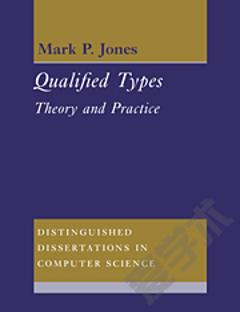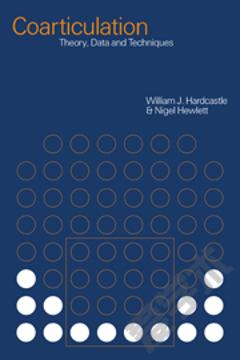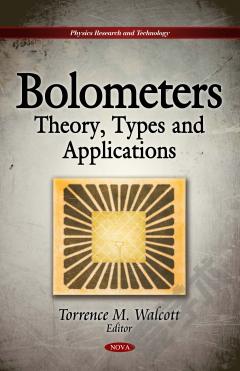Titration: Theory, Types, Techniques and Uses
Titration: Theory, Types, Techniques and Uses begins with a review of the theoretical fundamentals, materials, working conditions and necessary equipment to carry out conductometric titration. The authors aim to show that where other titration techniques have limitations, conductometric titration can be used successfully. Following this, historical aspects, foundations, potentialities, and limitations of flow-based titrations are presented with emphasis on triangle programmed, flow-injection, and batchwise titrations, involving sample continuous addition, sample insertion as a plug, or sample stopping inside a chamber-like component in the analytical path, respectively. The authors also discuss “Potentiometric Mass Titration” (PMT), which was theoretically established in 2003. The PMT methodis simple, accurate, and easy to use. According to this method, the point of zero charge of a metal (hydr)oxide is the common intersection point of three titration curves with different amounts of solid. One of the basic surface charge formation mechanisms is proton association/dissociation or protonation/deprotonation. This charging mechanism is characteristic for sparingly soluble metal oxides, clay minerals, polyelectrolytes with acidic or basic functional groups. In this collection, a double calibration method is applied for the accurate characterization of pH-dependent charging of metal oxides, clay minerals, synthetic and natural acidic nanoparticles, and polyelectrolytes in aqueous media. Concluding, the authors discuss isothermal titration calorimetry (ITC) and potentiometric titration, very common direct methods for equilibrium studies in solution. ITC studies on the interaction capacities of biological active molecules and ions make it possible to simulate molecular recognition processes occurring in biological systems.
{{comment.content}}








 京公网安备 11010802027623号
京公网安备 11010802027623号